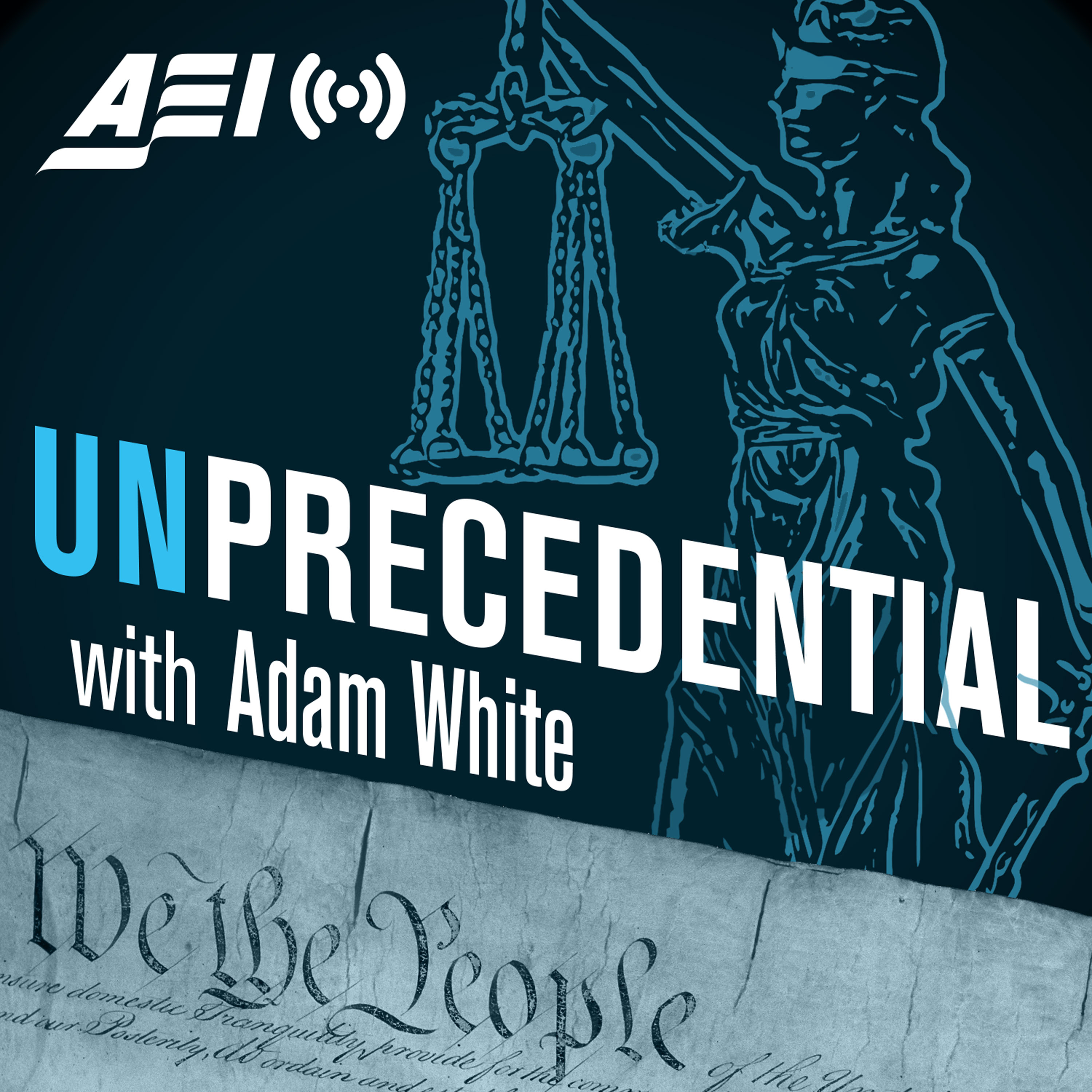- Government
- SEE MORE
- classical
- general
- talk
- News
- Family
- Bürgerfunk
- pop
- Islam
- soul
- jazz
- Comedy
- humor
- wissenschaft
- opera
- baroque
- gesellschaft
- theater
- Local
- alternative
- electro
- rock
- rap
- lifestyle
- Music
- como
- RNE
- ballads
- greek
- Buddhism
- deportes
- christian
- Technology
- piano
- djs
- Dance
- dutch
- flamenco
- social
- hope
- christian rock
- academia
- afrique
- Business
- musique
- ελληνική-μουσική
- religion
- World radio
- Zarzuela
- travel
- World
- NFL
- media
- Art
- public
- Sports
- Gospel
- st.
- baptist
- Leisure
- Kids & Family
- musical
- club
- Culture
- Health & Fitness
- True Crime
- Fiction
- children
- Society & Culture
- TV & Film
- gold
- kunst
- música
- gay
- Natural
- a
- francais
- bach
- economics
- kultur
- evangelical
- tech
- Opinion
- gaming
- College
- technik
- History
- Jesus
- Health
- movies
- radio
- services
- Church
- podcast
- Education
- international
- Transportation
- Other
- kids
- podcasts
- philadelphia
- Noticias
- love
- sport
- Salud
- film
- and
- 4chan
- Disco
- Stories
- fashion
- Arts
- interviews
- hardstyle
- entertainment
- humour
- medieval
- literature
- alma
- Cultura
- video
- TV
- Science
- en
After the people vote, who really decides?

\nToday the Electoral College operates mostly like an algorithm, automatically converting popular votes into electoral ones.\xa0But the Constitution originally created the Electoral College to be a fourth institution in federal government. Elected and assembled every four years, this body would deliberate and elect the next president of the United States.\xa0Nearly 30 years ago, AEI published a collection of essays on the\xa0College: “After the People Vote,” edited by the late Walter Berns.\xa0
\n
\n
\n
\nFor years, some activists have called for the Electoral College to be abolished and replaced with a single national popular vote, while others ask how much power the states or Congress can assert over the votes of\xa0the College\u2019s\xa0individual members. The latter question now arrives at the Supreme Court, in a pair of cases to be argued on May 13.\xa0Those cases center on questions of the respective powers of Congress, the states, and the electors themselves. To discuss them,\xa0Unprecedential\xa0welcomes Professor Derek Muller, an expert on the law of American democracy.